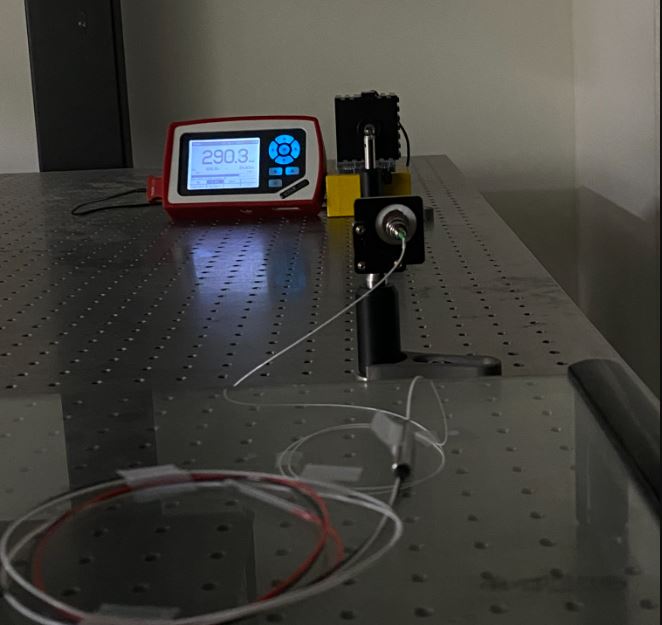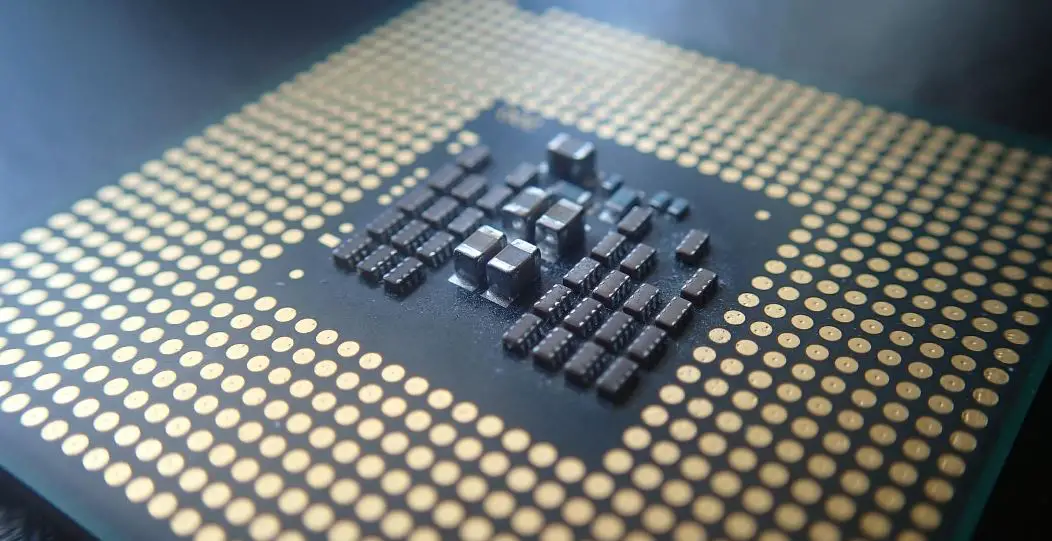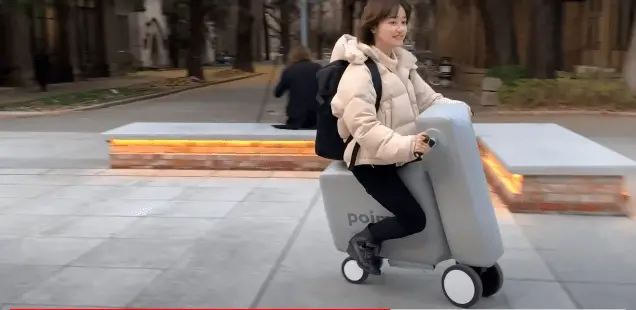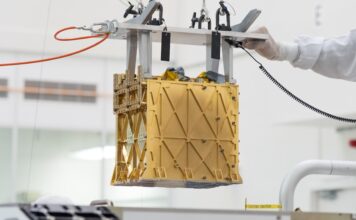With the advancement of technology, from the early radio, Wifi to the current wireless charging, it is proved that the “wireless” application is more diverse than imagined.
At present, South Korean engineers have developed a new system that can transmit electricity to a distance of 100 feet or 30 meters through infrared lasers that can charge your phone.
Although there are many wireless charging products on the market, in fact, the function is not much different from plugging in the charger directly, and the charging distance cannot be too far.
So scientists are trying to make wireless charging, like Wifi, able to transmit power over long distances.
To achieve this, scientists at Sejong University have developed a new wireless charging system that uses infrared light over long distances.
The system consists of two main parts, a transmitter that can be placed in the room and a receiver.
Among them, the transmitter generates infrared light with a center wavelength of 1,550 nm, and the receiver consists of a spherical lens retroreflector.

When this beam of light is transmitted through the air to a receiver, it focuses the light to a central point, where solar cells absorb the light and generate electricity.
If the light between the transmitter and receiver is blocked, the device automatically switches to a low-intensity safe mode.
Through testing, the team was able to transmit 400 megawatts of light to a distance of 30 meters, and the receiver could convert it into 85 megawatts of electricity.
Although the power is not very large, it is enough to power a small sensor.
The team said the system would be scaled up to the point of charging everyday electronics like cellphones, bringing similar principles to a working system for more grid-scale testing to replace wires.
In addition, this wireless charging system has several other advantages over previous wireless power systems, including no major renovations to the room, the spherical receiver can receive light from all directions,
The transmitter also does not need to lock or track the receiver, and the system can work farther than some devices.
Currently, the team is working to improve the efficiency of solar cells to increase power output and to find ways to charge multiple devices at once.




